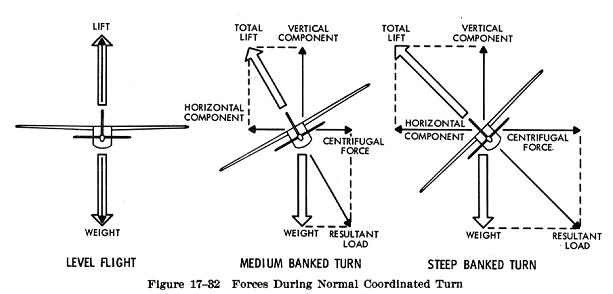You are using an out of date browser. It may not display this or other websites correctly.
You should upgrade or use an alternative browser.
You should upgrade or use an alternative browser.
Physics Question
- Thread starter ordinaryjoe
- Start date
More options
Thread starter's postsAssociate
- Joined
- 2 Mar 2008
- Posts
- 574
- Location
- GL52
According to the image its a mid mounted wing with no dihedral and large sweep.
why would the aerofoil shape change this? are you suggesting that no horizontal lift element has been introduced?
yes.
If it has:- 1: a symmetrical wing section 2: No dihedral 3:Totally flat trim, then it will just continue dead ahead at the angle.
Aerofoil shape would change this because a wing has more lift when it has (very simply) a flat bottom and a curved top. If it has a symmetrical section is used it has a neutral lift top and bottom and natural tail, elevator then it will fly like a dart. If the wing has a bigger cambre (higher lift) then it will lift in what ever direction the top of the wing is facing. This would look like it was crabbing sideways looking at it from behind.
Last edited:
If you are ignoring ALL forces except lift of the wing and mavity that means any rudder or elevator input is null and void?
If you cannot counter the loss of wing lift against mavity in a banking manoeuvre you are going to lose altitude surely?
Assuming the example is shockingly oversimplified and is ignoring the fact you need elevators to perform a bank without losing altitude then the plane will take a path illustrated by 2, no?
If all other forces are being ignored I cannot see how it could fly on a parabolic trajectory.
If you cannot counter the loss of wing lift against mavity in a banking manoeuvre you are going to lose altitude surely?
Assuming the example is shockingly oversimplified and is ignoring the fact you need elevators to perform a bank without losing altitude then the plane will take a path illustrated by 2, no?
If all other forces are being ignored I cannot see how it could fly on a parabolic trajectory.
Thats a coordinated turn, Rudder + elevator + ailerons. Symmetrical wing, no inputs , flat trim, it will fly like a dart.but it is Banked?

I would say #2.
I cant see any possible way that it could follow path 1. When it gets to the end of path 1 it is flying in almost a straight line again whilst still banked. If nothing changes on the plane, what has stopped the turn?
What about this scenario:
Plane 1 has banked and followed path 1.
At the end of path one it is still banked but flying straight.
Plane 2 (also flying in a straight line) comes up alongside plane 1 (which is still banked - but flying straight)
Plane 2 then banks so both planes are flying at the same speed, in the same direction and banked at the same angle. But plane 1 will continue straight because it is following the straight line at the end of path 1 but plane 2 will turn sharply to the right because it is at the start of path 1.
I cant see how the plane can return to a straight line if nothing is changed?
I cant see any possible way that it could follow path 1. When it gets to the end of path 1 it is flying in almost a straight line again whilst still banked. If nothing changes on the plane, what has stopped the turn?
What about this scenario:
Plane 1 has banked and followed path 1.
At the end of path one it is still banked but flying straight.
Plane 2 (also flying in a straight line) comes up alongside plane 1 (which is still banked - but flying straight)
Plane 2 then banks so both planes are flying at the same speed, in the same direction and banked at the same angle. But plane 1 will continue straight because it is following the straight line at the end of path 1 but plane 2 will turn sharply to the right because it is at the start of path 1.
I cant see how the plane can return to a straight line if nothing is changed?
Last edited:
Ah I get you now, for this example it mustn't be a symmetrical wing as otherwise it wouldn't develop any lift what so ever.Thats a coordinated turn, Rudder + elevator + ailerons. Symmetrical wing, no inputs , flat trim, it will fly like a dart.
Ah I get you now, for this example it mustn't be a symmetrical wing as otherwise it wouldn't develop any lift what so ever.
In which case if the wing has lift it will do path 3

Path 3 is fixed velocity, so that there is no unbalanced force, ie no lift developed by the wing. If the wing develops lift it will follow a path like that in 1 due to the acceleration it causes.
So then this assumes that it is constantly accelerating so it will now follow path 2 but in a cork screw shape.


